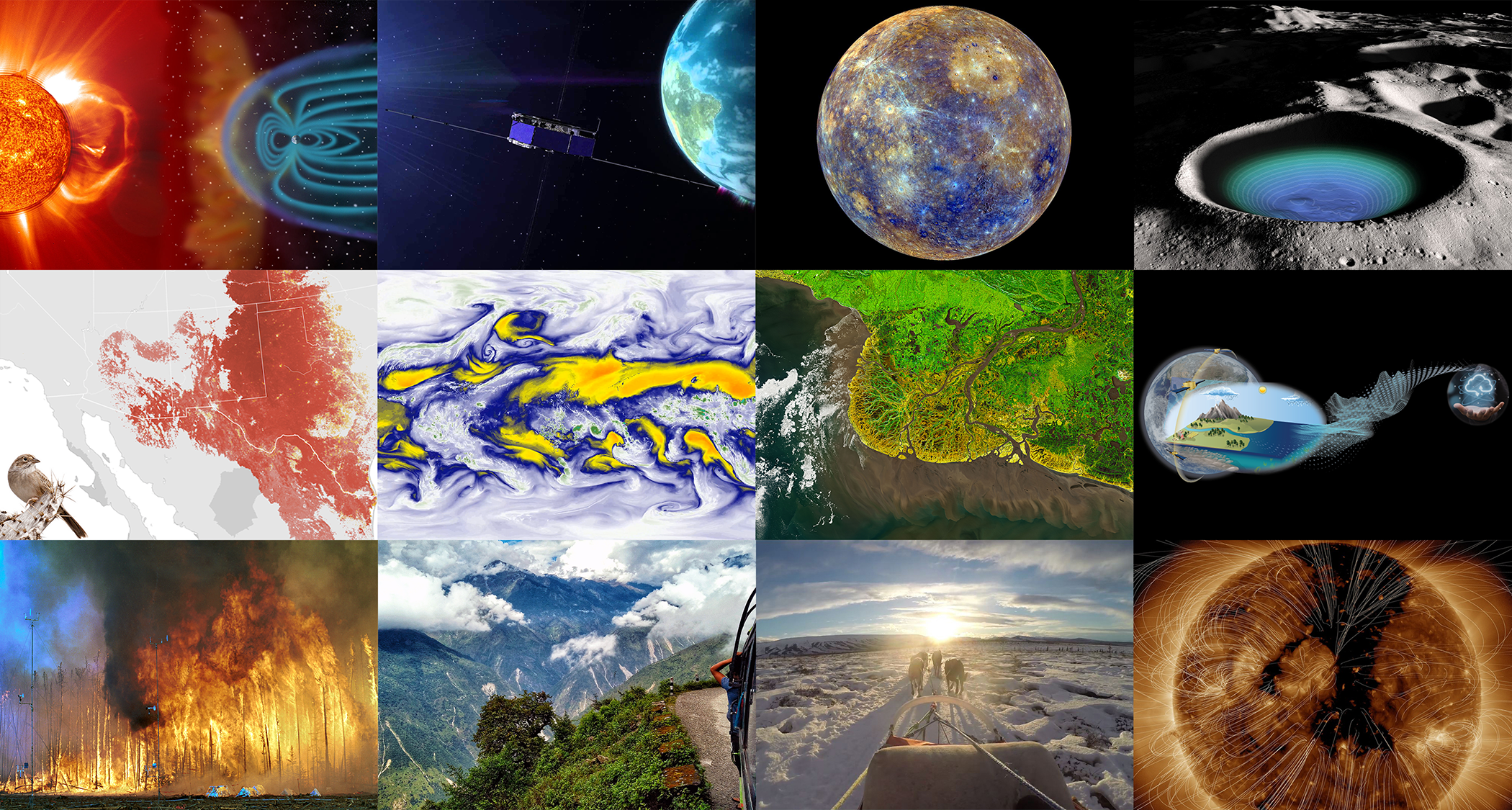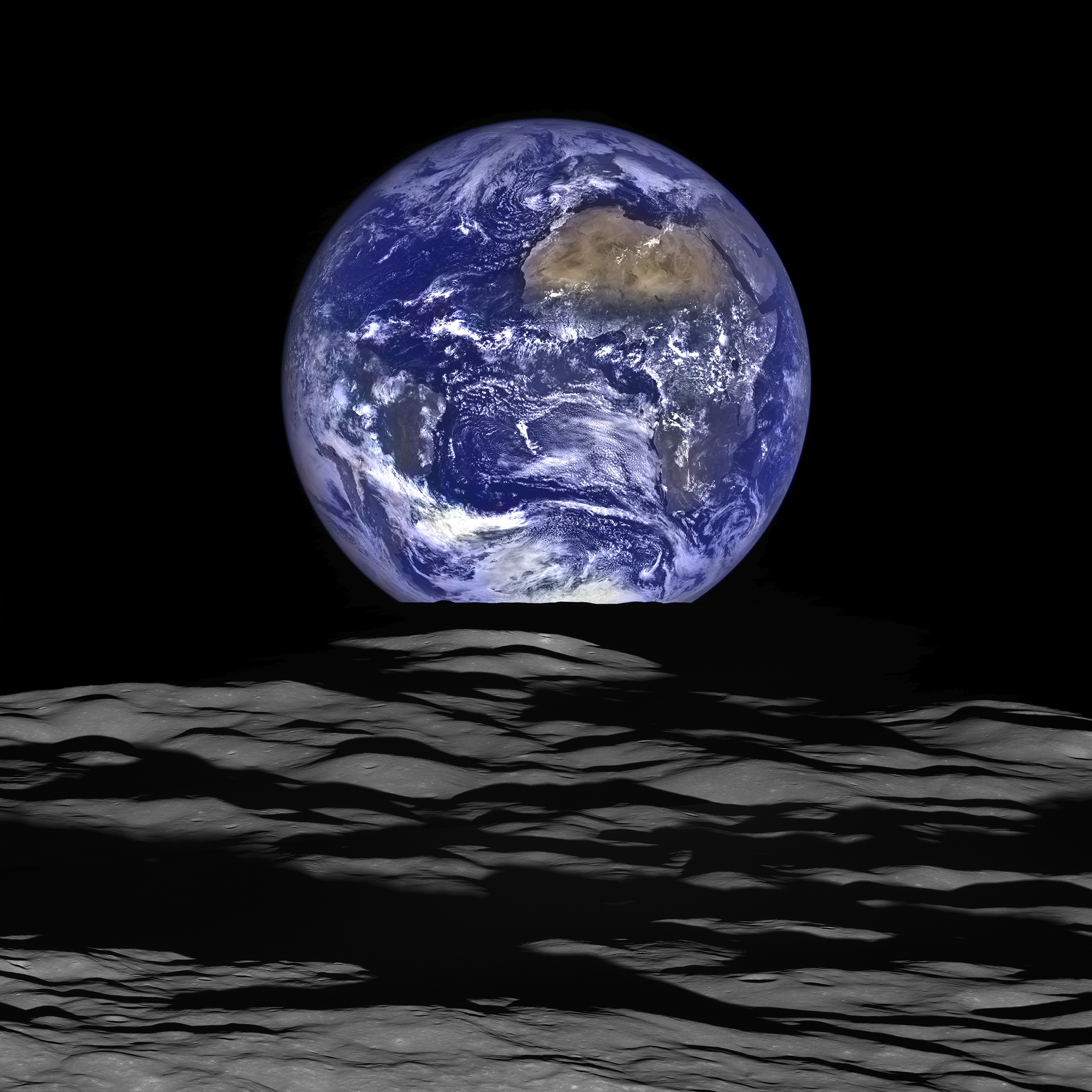2021: A Year of Science in Review

The NASA Center for Climate Simulation (NCCS) looks back at a dozen stories from 2021 highlighting research supported by NASA and the supercomputing, cloud computing, analytics, data sharing, visualization, and climate data systems and services of NCCS.
2021 was a prolific year for NASA, despite the demands and constraints on humanity during the ongoing global pandemic. NASA scientists and their colleagues completed an astounding amount of work in areas of research that involve Earth and its inhabitants. What many of these research projects have in common is a sense of urgency, of helping understand our Big Blue Marble in space and the solar system we live in and, by doing so, better prepare for the future.
We invite you to pause, take a deep breath, choose an image, read a story that highlights some exciting NASA research, and reflect on how it might impact your life.
From creating data-rich computer models that help understand and predict the impact of winter storms, to mapping the Moon for future landing sites, to studying coronal mass ejections from the Sun and how our star influences magnetic fields around Earth, to tracking boreal forest changes in the sub-Arctic, to developing methods of predicting landslides, studying wildfires, and modeling tropical cyclone intensification—you have many topics to choose from to broaden your knowledge of what NASA has been up to in 2021.

A composite image of Earthrise above the Moon taken by NASA's Lunar Reconnaissance Orbiter (LRO), with the Sahara desert at upper right. Image Credit: NASA/Goddard/Arizona State University.
Sean Keefe, NASA Goddard Space Flight Center


